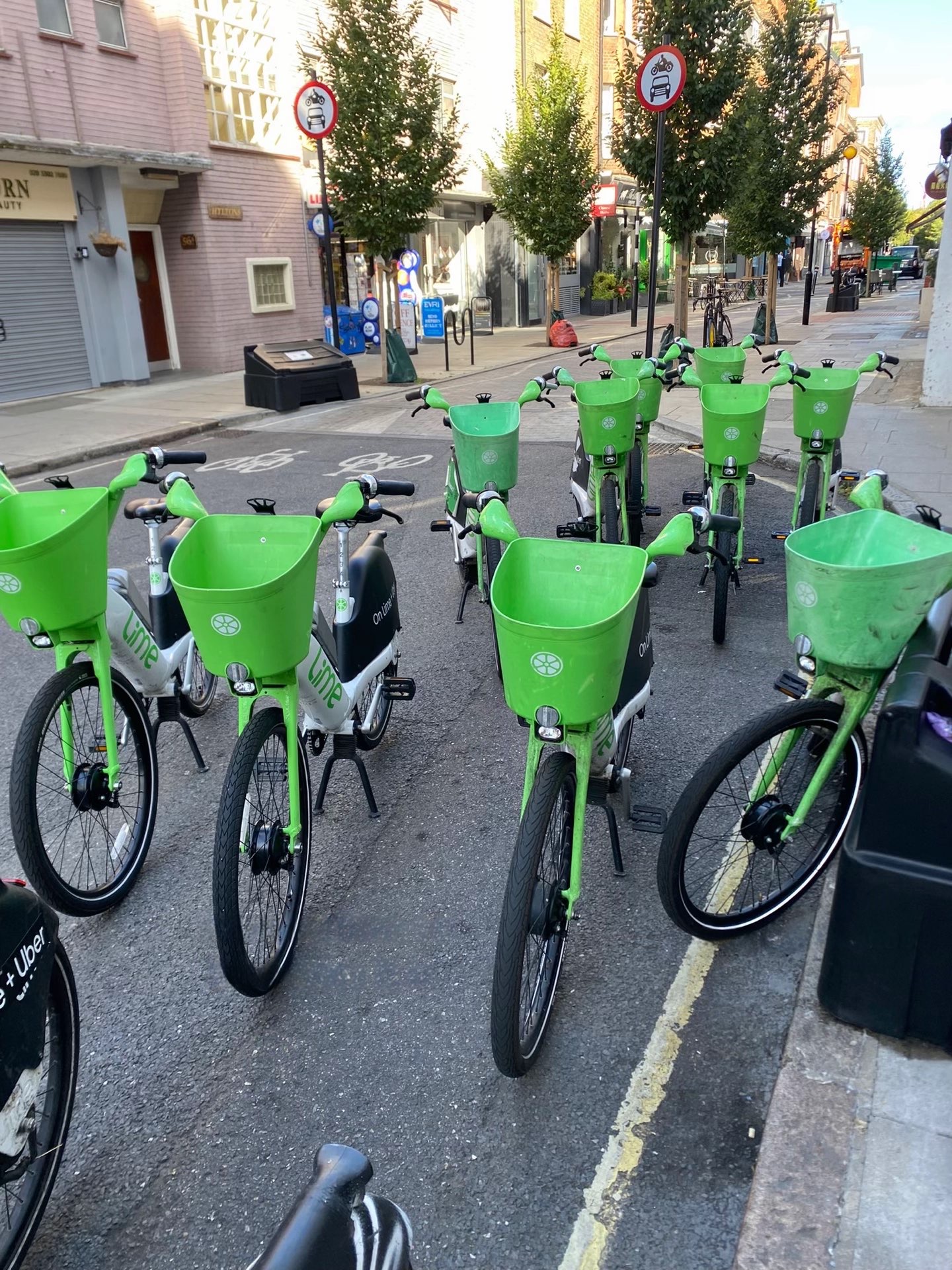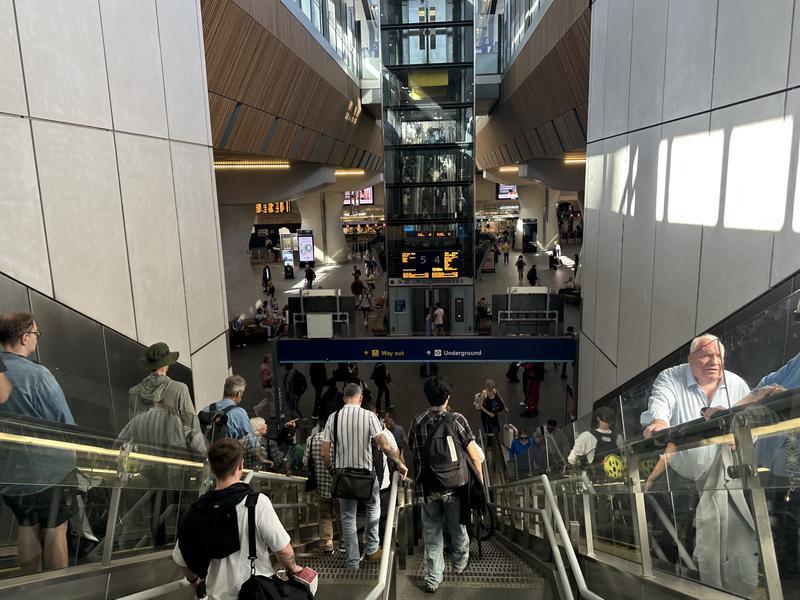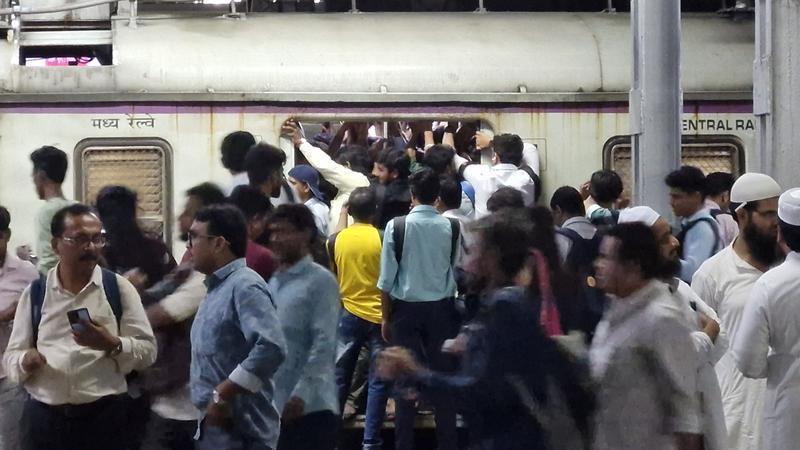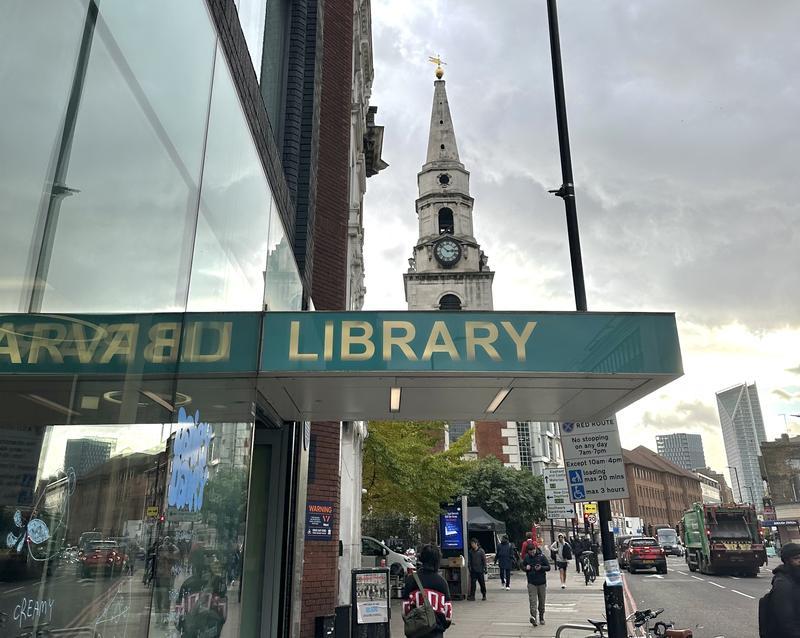🎧 Listen to the Article
This audio is AI-generated for accessibility.
Key Highlights
London’s recent TfL and Underground strikes have forced commuters to turn to alternatives like Overground trains, cycling, and apps such as CityMapper’s “Strike Safe,” transforming daily routines. While these changes showcase innovation and adaptability, they also bring challenges, rising cycling accidents, lost business for small shops, and more workers staying home, turning disruption into a catalyst for lasting change.
London is no stranger to disruption, but the recent wave of Transport for London (TfL) and Underground strikes has felt different. When trains stop, the city shifts gears, the centre slows, and cyclists take over the streets. Buses fill within minutes, and pavements overflow with commuters marching across bridges. What began as a dispute over pay, pensions, and working conditions has evolved into a stress test for one of the world’s most complex urban transport ecosystems.
While the political arguments rage on between unions and TfL management, the lived reality is more immediate: how do millions of people get to work, school, and appointments when the core routes that keep the city moving are blocked? The answers are shaping not just daily routines but potentially the future of commuting in the capital.
Data from TfL, according to the BBC, shows that London Overground ridership increases by as much as 20% on strike days compared to the equivalent non-strike days. With bus journeys and cycle counts surging to fill the gap, as Lime bikes and Santander Cycles saw demand spike by more than 50%. Whilst mobility apps like CityMapper revealed their new ‘Strike Safe’ section during the last strike, allowing people to take into account all disrupted lines and offer all the alternative routes which they can use.
Yet adaptation has come at a cost. London Ambulance Service recorded a rise in road collisions involving cyclists during recent stoppages by 44%, attributing some of the increase to inexperienced riders attempting longer commutes. For many, what begins as resilience edges toward risk.
Remote working, once an emergency measure during the pandemic, has also resurfaced as a coping mechanism. Office for National Statistics data suggests nearly one in three employees in central London now default to working from home on strike days, highlighting how transport disruption accelerates longer-term cultural shifts in work.
Businesses Caught in the Middle
The economic ripple effects are stark. The recent wave of transport strikes in London isn’t just slowing down commuters; it’s reshaping the survival strategies of small businesses.
Central London’s sandwich shop Dilieto is among the many small businesses hit hardest by the recent transport strikes. Owner Adamo Pavia says the effects are immediate. “On strike days, we see up to 40% fewer customers because people simply aren’t coming into the office,” he explains. “Lunchtime is usually our busiest time, but now it’s half empty.”
The café has also noticed a shift in customer behaviour. “We’re seeing more online orders from people working at home. It helps, but it doesn’t fully make up for the drop in walk-ins.”
To cope, Pavia has cut staff hours and scaled back supply orders. “It’s not ideal, but it prevents waste and keeps costs under control,” he says. Looking forward, he believes clearer communication about strike schedules and stronger council support for small businesses would ease the strain.
For now, he adds, resilience is the only option: “We’re adapting day by day, but we can’t do it alone.”
Patterns of Resilience
Advocacy groups argue the disruption is also an opportunity. Cycling campaigners highlight how spikes in bike use show latent demand for safer, more extensive infrastructure. Pedestrian organisations note that temporary behaviour changes, like walking commutes, could inform investment in healthier, more sustainable urban design.
Richard Evans from the London Cycling Campaign says the strikes have made clear what’s possible. “When the usual transport options fall away, people look for alternatives and many discover cycling or walking for the first time in years,” he explains. “We’ve seen streets filled with people on bikes who might never have considered it before. That shows the potential is there, people want to cycle, but they need to feel confident it’s safe.”
For Evans, the lesson goes beyond strike days. “This isn’t just a stopgap measure during disruption,” he says. “It’s proof that if London invests in protected cycle lanes, secure bike parking, and better connections with public transport, many of these journeys could become permanent. The demand exists now, it’s about reshaping the city to accommodate it.”
New Solutions
One of the clearest adaptations to strike disruption has been the rapid rise of e-bikes, also known on TikTok as “The Lime bike Hunger Games”. Each time the Underground grinds to a halt, rental providers report spikes in demand, with commuters choosing electrically assisted bikes as a practical way to cover distances that would feel daunting on a standard cycle. Strikes have acted as a catalyst, pushing many first-time riders to experiment with the technology and, in some cases, stick with it.
It wasn’t only commuters and campaigners adapting. Shared mobility companies spotted an opportunity, too. Lime leaned into the disruption with playful marketing, reworking the familiar Tube announcement into: “Good service on all Limes.” The tongue-in-cheek campaign turned a travel headache into a brand moment.

Original Photography of Lime Bikes by Elise Gregory
Local pilots are building on this momentum. In Ealing and Barking & Dagenham, Voi has launched e-bike hire schemes with designated parking zones, designed to make strike-day mobility smoother. Westminster has gone further with an e-cargo bike trial, testing whether small businesses can shift deliveries away from vans when other routes are blocked. Meanwhile, the Greater London Authority is beginning to install new e-bike charging points across central boroughs, acknowledging that infrastructure has lagged behind demand.
For many campaigners, the emergence of e-bikes represents more than a temporary coping mechanism: it is a glimpse of a future where London’s mobility is less dependent on a single network. What began as an emergency response during strikes may accelerate a long-term cultural shift in how the city moves.
Adapting to future strikes
As negotiations drag on, Londoners are beginning to prepare for transport strikes as part of the new normal rather than isolated disruptions. Some employers now schedule hybrid work weeks around anticipated walkouts, while schools and childcare providers are experimenting with flexible start times.
Technology has also stepped in: ride-sharing apps are trialling strike-day pricing caps, and cycling groups organise “bike buses” to guide less confident riders safely into central London. These measures suggest that adaptation is no longer a short-term fix but a developing playbook for living with recurring transport upheaval.
For commuters, the strikes inspire frustration. For businesses, they generate losses. For unions, they are leverage. But looked at collectively, the disruption reveals a more complex story: London is a city in motion, forced to adapt in real time to pressure on its core systems.
The question now is whether policymakers treat these adaptations as temporary stopgaps or as signs of a city already rethinking how it moves.





